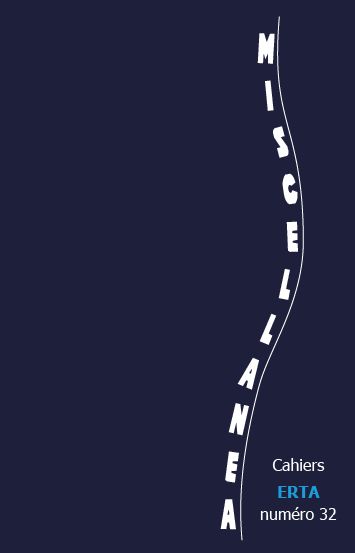"Sodome et Gomorrhe" : le social et la cruauté. Une petite récapitulation
Mots-clés :
Marcel Proust, Sodome et Gomorrhe, cruauté, sociologie, homosexualitéRésumé
Taking up Antoine Compagnon’s thesis, according to which Sodom and Gomorrah constitutes a privileged place to look at the whole Proustian cycle, the article focuses on the social dimension of the novel, as well as on cruelty. In this context, the image of Jews and servants, and the role of the baron de Charlus are studied in particular. For the author also discusses the vision of love, especially homosexual, to show how Proust’s approach stems from sadism and masochism.
Téléchargements
Références
Bataille G., « Attraction et répulsion », [dans :] D. Hollier, Collège de Sociologie (1937-1939), Paris, Gallimard, 1995.
Citati P., La colombe poignardée, trad. B. Pérol, Paris, Gallimard, 1997.
Compagnon A., Proust entre deux siècles, Paris, Seuil, 1989.
Leiris M., Brisées, Paris, Mercure de France, 1966.
Leriche F., Rannoux C., « Sodome et Gomorrhe » de Proust, Paris, Atlande, 2000.
Proust M., À la recherche du temps perdu, Paris, Gallimard, « Bibliothèque de la Pléiade », t. 1-4, 1987-1989.
Quaranta J.-M., Un amour de Proust. Alfred Agostinelli (1888-1914), Paris, Bouquins, 2021.
Tadié J.-Y., Proust et le roman. Essai sur les formes et techniques du roman dans « À la recherche du temps perdu », Paris, Gallimard, 2003.

 Revues scientifiques académiques
Revues scientifiques académiques





